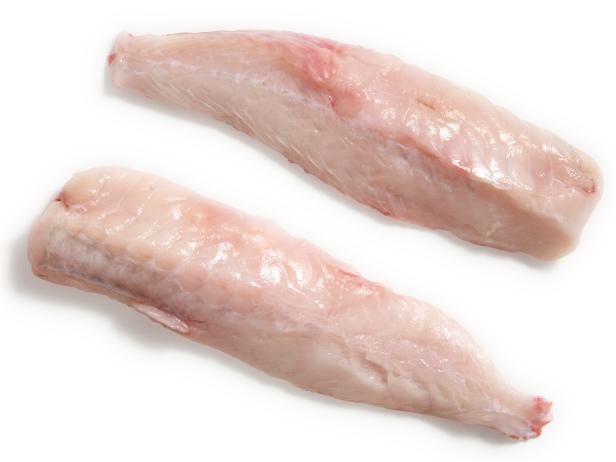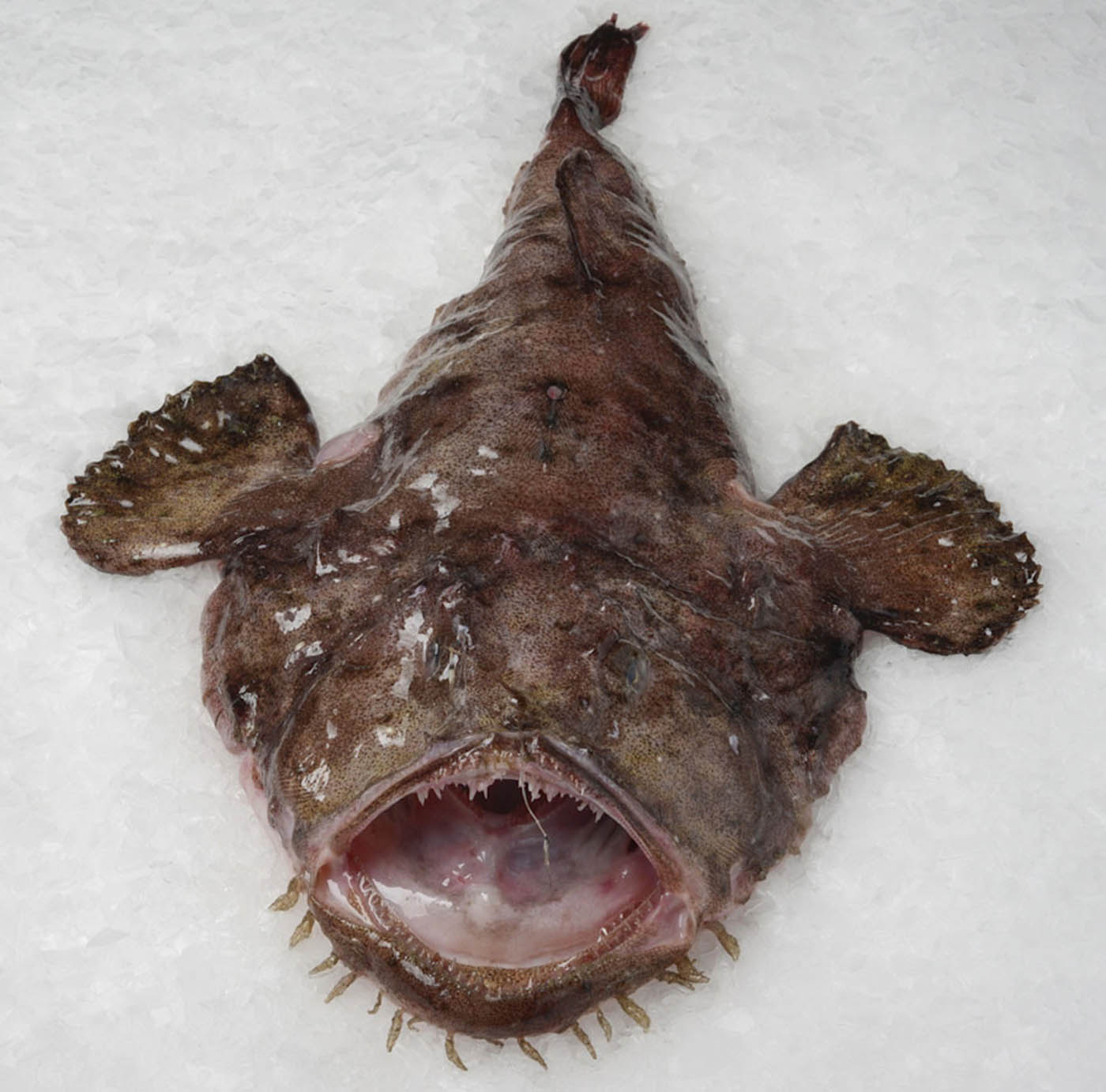This is a first for me–I’ve eaten reheated fish. I have been known to re-purpose leftover fish–e.g. salmon into a Scandinavian potato salad, or grilled tuna steak into tuna salad; reheated leftover fish invariably (after one bite or even just a sniff) goes into the garbage.
One of the attractions of sous vide cooking for me as a single-serving cook has been the references to how well foods cooked this way can be stored (right in the cooking bag) for longer times.
My test of this was the monkfish that I cooked sous vide a few days ago: the fillet cut in half, cooked separately in two quart-sized Ziploc bags with only a little salt and some olive oil. One serving was eaten immediately. The second serving was cooled quickly and refrigerated (unopened) in the cooking bag for eating later. (Circumstances prevented me from reheating this for several days, but the monkfish remained sealed in the cooking bag until i reheated it in the water bath, to the cooking temperature.)
Results? OK, so this wasn’t a blind taste test, but I just ate every bit of that second fillet and I doubt that I could tell it from the fresh-cooked portion–it may well be the first time I’ve eaten reheated, cook fish. (That would be an interesting test.)
Although a cliche, this may be a life-changing event for me–at least in terms of cooking for one. I might not be limited to cooking things that are more usual leftovers,or limiting myself to small portions of fish that I’m going to eat at one time. Most of the references that I’ve found to keeping sous-vide cooked dishes indicate that the storage time if unopened–just cooled and store in the cooking bag–is much longer than the usual use-by times for cooked stuff. The lentils that I cooked in the mason jars kept very well–as indicated for up to ten (yes, 10) days sealed in the cooking jar (after being cooled and refrigerated). A real boon for when I’ve a busy schedule–hands–off cooking, the ability to have extra meals in the fridge, minimizing waste, and (especially) getting things cooked just the way I like them because of the temperature control. A son gôut!
—Ô¿Ô—


